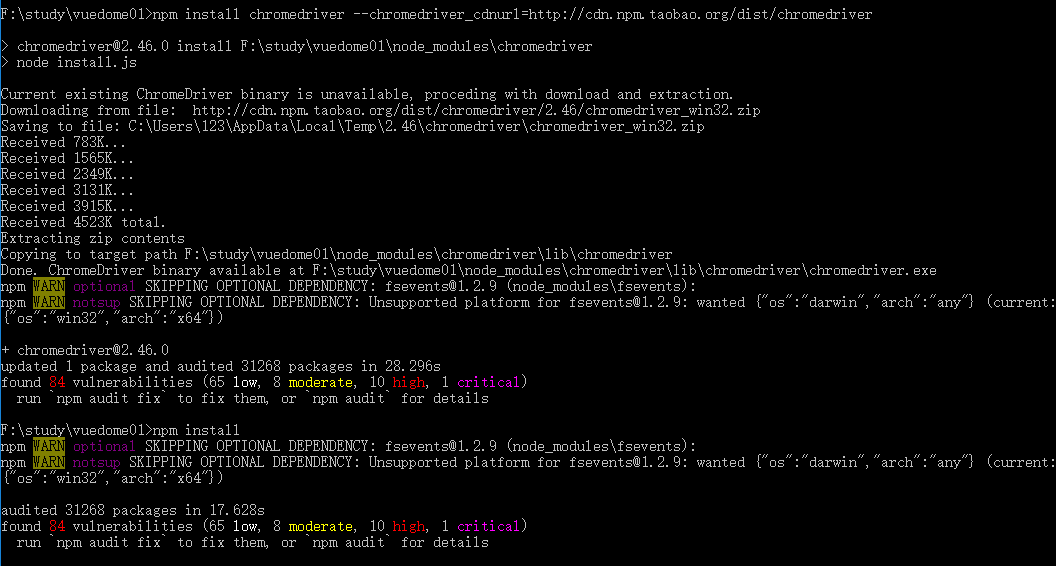
Red Hat Universal Base Image 8 (RPMs) - CodeReady Builder 48 kB/s | 3.8 kB 00:00 Red Hat Universal Base Image 8 (Source RPMs) - AppStream 205 kB/s | 357 kB 00:01 Red Hat Universal Base Image 8 (RPMs) - AppStream 54 kB/s | 4.2 kB 00:00 Red Hat Universal Base Image 8 (RPMs) - BaseOS 37 kB/s | 3.8 kB 00:00 You can use subscription-manager to register. This system is not registered to Red Hat Subscription Management. I want to do mostly the same as The client has an ocp4 cluster and creating a Dockerfile from seems like some libraries are missing. Hi, I just saw this and I have the same problem. Rm -f /tmp/chromedriver.zip linux_signing_key.pub & \ RUN wget -O /tmp/chromedriver.zip $-1.x86_64.rpm -y # Get and install LATEST_RELEASE of ChromeDriver

# Make the Chrome version available as an environment variable AFTER

# environment variable during image build # Make Chrome version (ChromeDriver & Google Chrome) available as an Appreciated.This container is being built on OCP 3.11.x, and here is a reference of the Dockerfile: FROM /ubi8:8.4 I probably could have slogged through this but his help turned what would have been a man day into a quick one hour pairing session. He teaches Docker professionally and really knows his stuff. Kudos and thanks to Nick my Docker buddy. Installing Chrome Driver Locally on Ubuntu.An embedded browser like Selenium is akin to an open proxy so you do not want that. By setting CHROMEDRIVER_WHITELISTED_IPS="", I am able to use ChromeDriver from any other container but nothing else can execute them. Setting the value as empty will allow all remote connections.ĪWS security groups really save you on this one. By default, this is set to 127.0.0.1, but this can by any comma separated list of IP addresses. To allow external connections, you can pass in a custom CHROMEDRIVER_WHITELISTED_IPS environment variable. Note: ChromeDriver restricts access to local connections by default.

Here's what you'll need for docker-compose.yml or :īrowser = Selenium::WebDriver.for :chrome, url: " :prefs =>, :switches => You'll likely need to implement both Step 1 and Step 2. Add ChromeDriver to Your Docker Compose File One approach is to locally install ChromeDriver on each of your compute nodes but the better approach is to Dockerize everything and run ChromeDriver as a container. If you're going to use Selenium for a server side crawling process then what you actually needs is called ChromeDriver which is the embedded chrome executable that represents a browser. Although the lines of code look similar to something like Mechanize this is actually an entirely different approach because underneath it all is a full browser including JavaScript which lets something like a page which sends its data down in a JavaScript array and then uses JavaScript to display it actually render and return back to you parseable html.


 0 kommentar(er)
0 kommentar(er)
